
When it comes to storage, your attic is the perfect space for stowing items away that you don't need to keep easily accessible.
But, while they might make the perfect place for your Christmas decs or winter jackets, non-toxic experts warn that between your belongings, there may be something sinister lurking.
Here, they share the secretly toxic items to get rid of in your attic, and how to minimize the risks long-term.
4 secretly toxic items in your attic
1. Old cleaning products
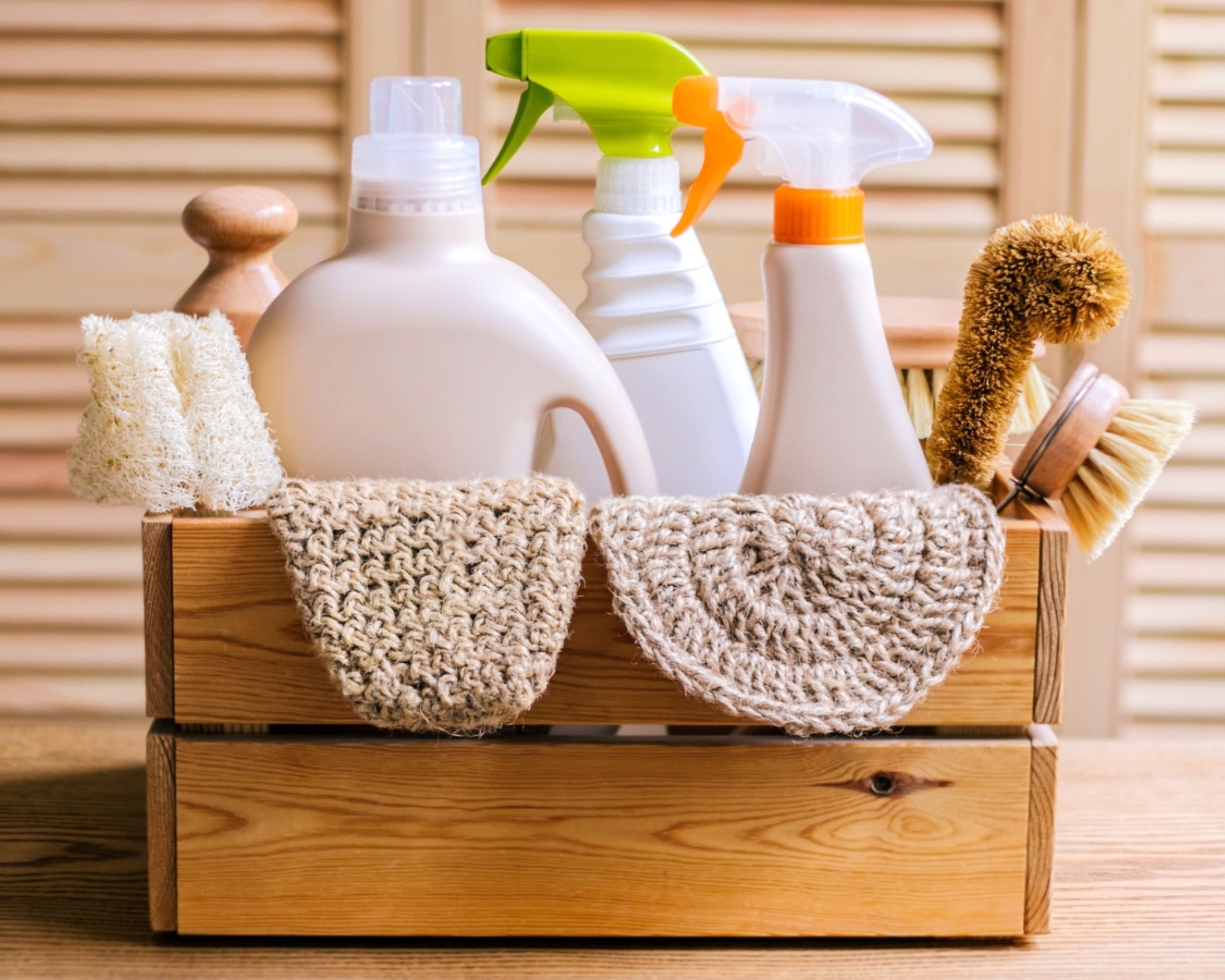
With so many cleaning supplies needed to keep a home happy and healthy, you might be tempted to pop any that you're no longer using, or haven't had the chance to use yet, in your attic.
Maria Mooney, non-toxic cleaning expert and executive brand director at Truly Free Home says, 'Old cleaning products can introduce harsh chemicals like ammonia, bleach, triclosan and sodium hydroxide into your home, affecting indoor air quality, and ultimately, your family's health.'
It's an air quality mistake best avoided at all costs.
To create a safer living environment, Maria advises, 'Consider switching to all-natural, non-toxic cleaning alternatives, which offer effective cleaning power without the harmful side effects of traditional chemical-based solutions.'
If you're interested in making some eco-friendly sustainable cleaning swaps, our guide dives into the details.
Additionally, Maria adds, that toxic room deodorizing sprays 'are chemically engineered to shut off your sense of smell,' and are a great place to start your purge. Replace them with chemical-free air fresheners, such as the TrulyFree Space Freshener available at TrulyFree, 'to get the job done with your family's health top-of-mind.' You can also make your own homemade room spray, using essential oils and distilled water.
All prices correct at time of publication
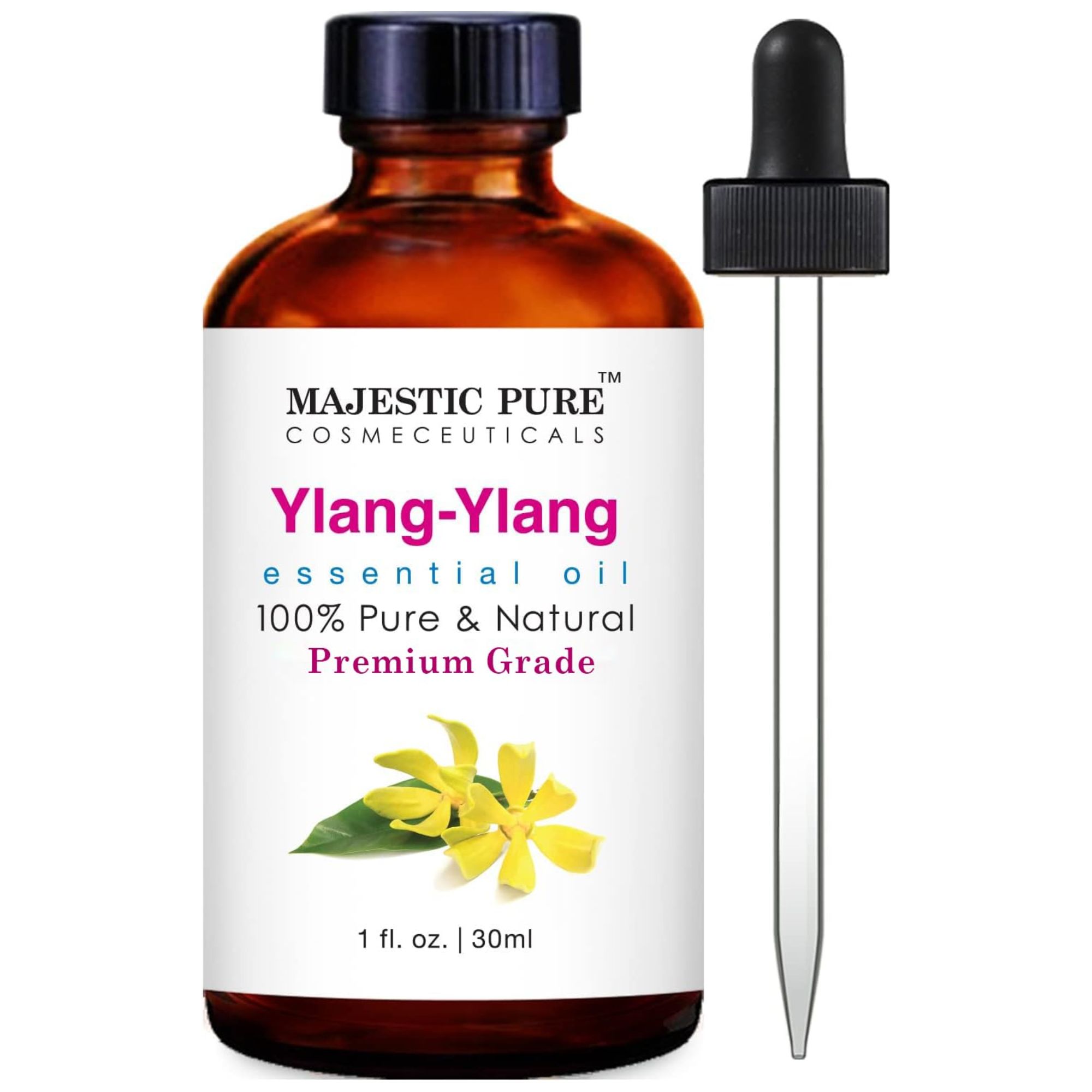
This 100% pure and natural essential oil has no fillers or additives, for an undiluted product which smells potent and beautiful.
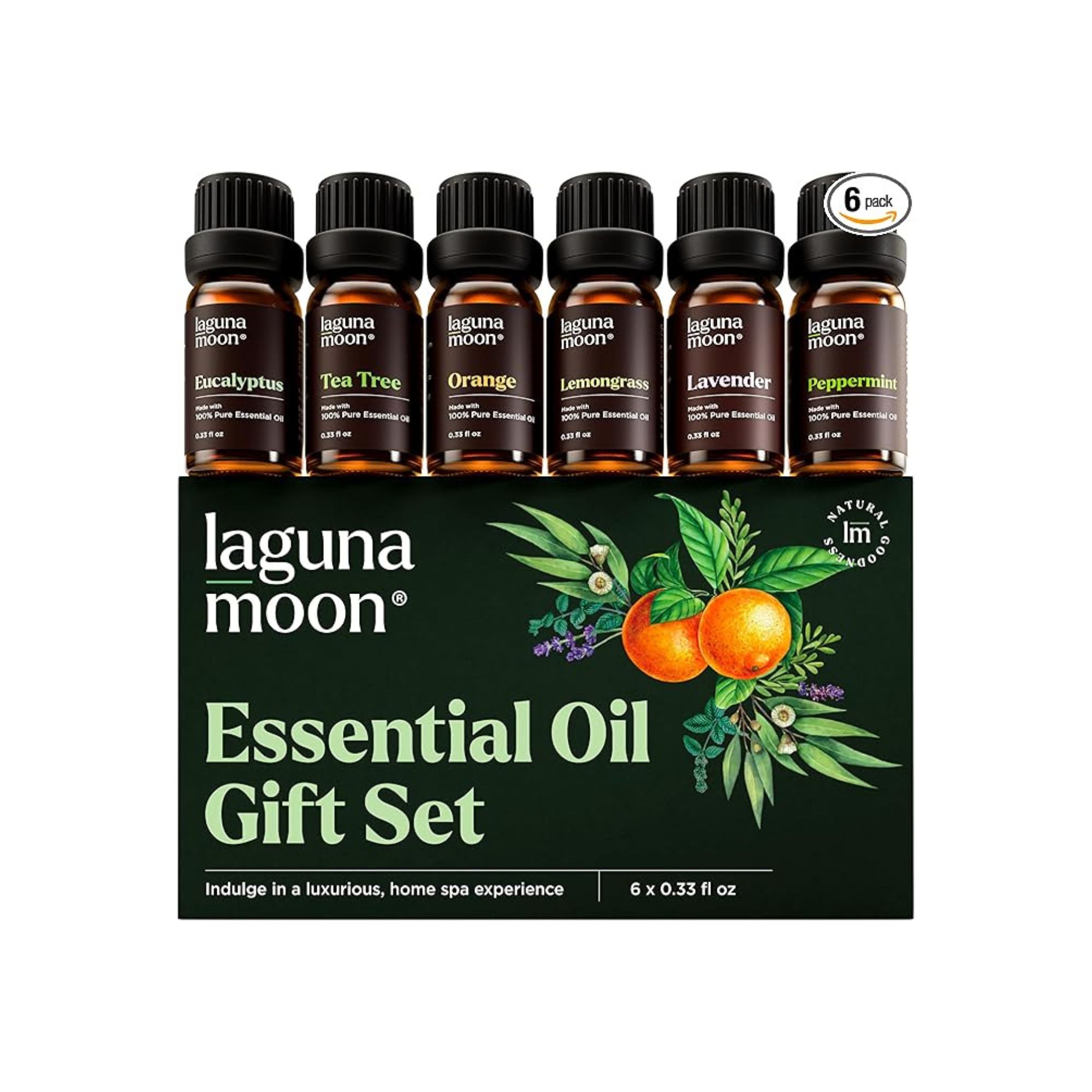
A set of six different blends like this one is ideal for mixing and matching scent profiles for each room around your house, such as a fresh eucalyptus in the bathroom and cozy lavender in the bedroom.
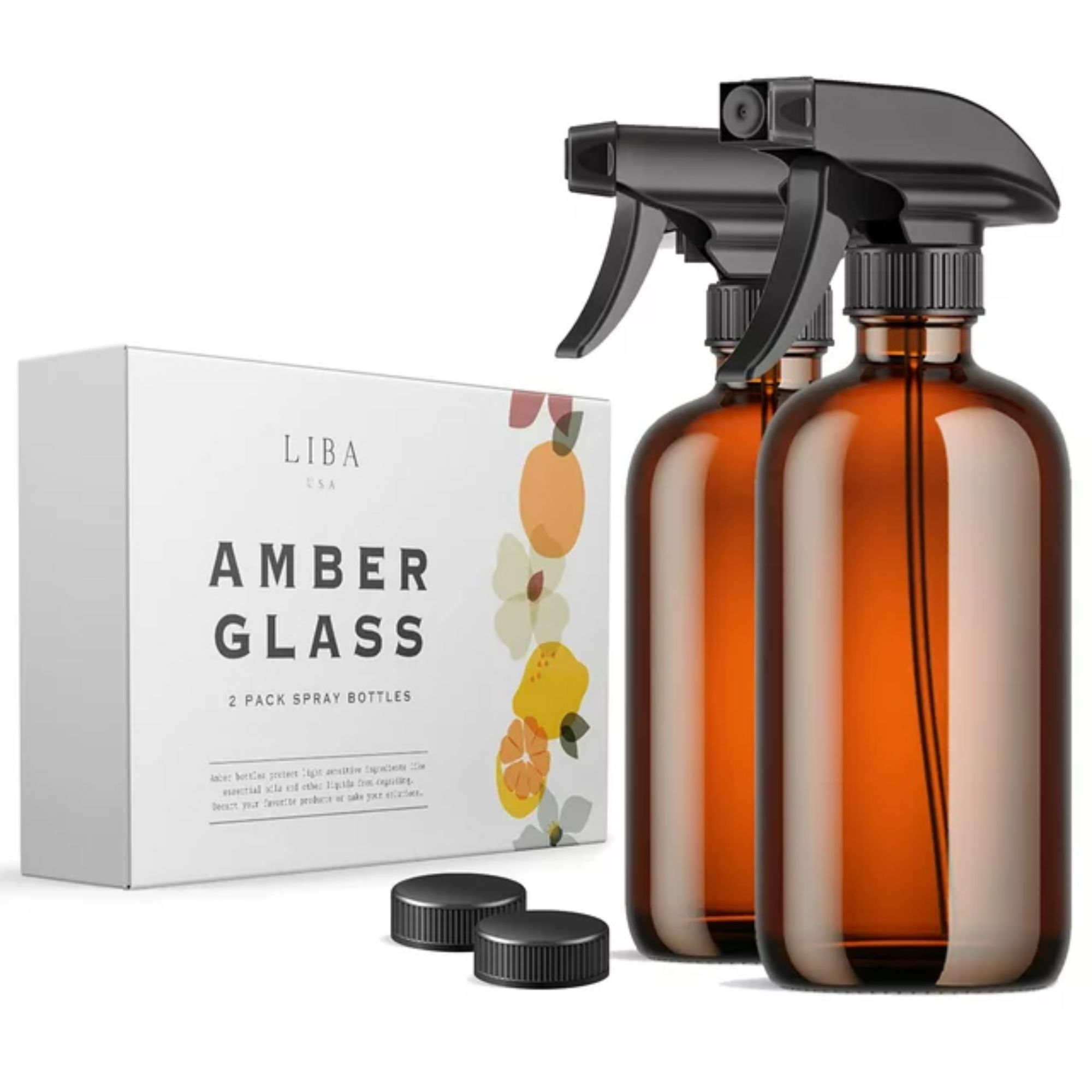
These amber glass bottles are ideal for mixing up homemade cleaning solutions and room sprays, made of eco-friendly glass with added UV-protection to prevent degradation.
2. Artificial Christmas trees and garlands
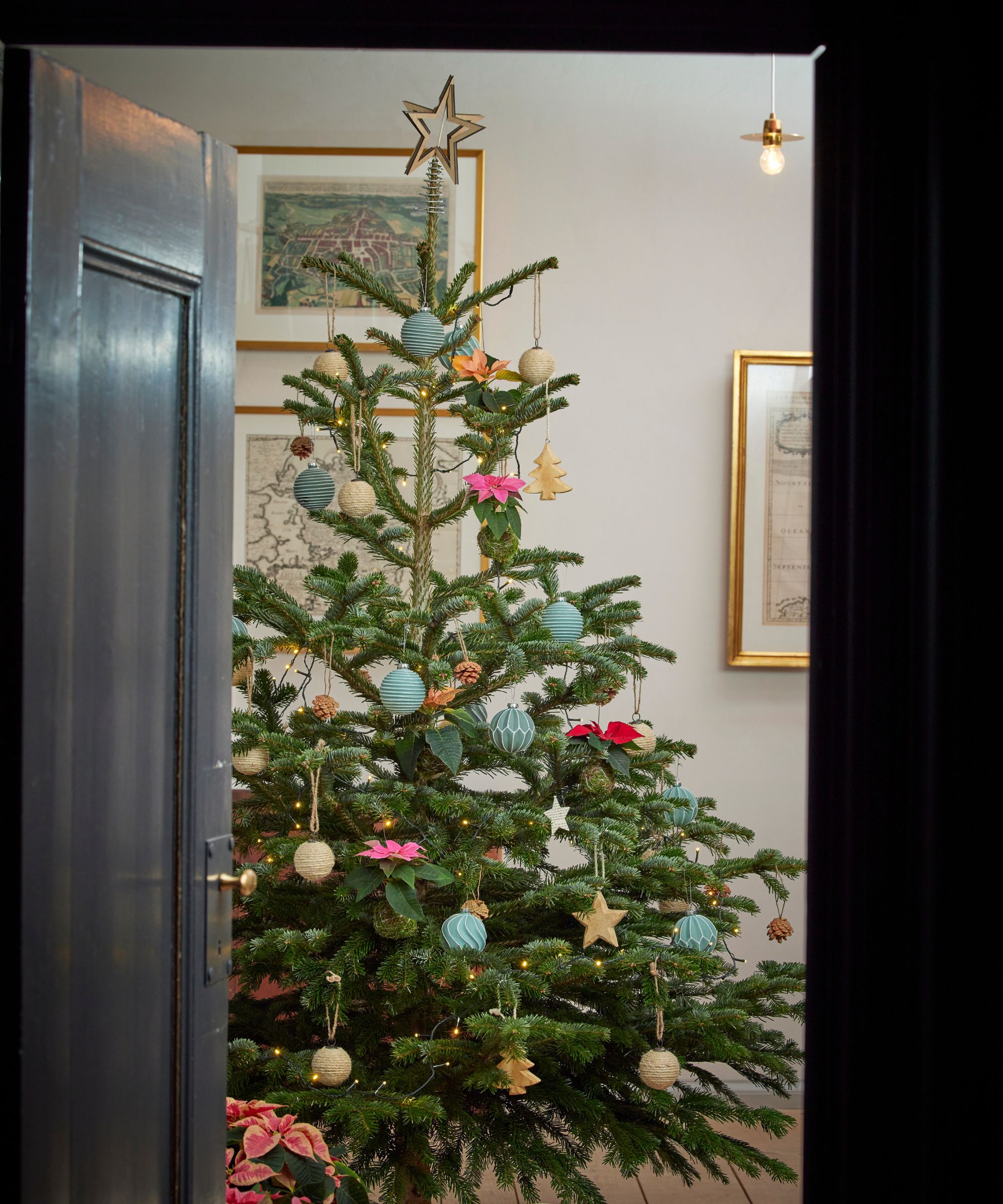
Perhaps the most surprisingly toxic items you might find in your attic are your much-loved artificial Christmas trees and garlands.
While this is a lesser-known fact when it comes to bringing your much anticipated Christmas tree ideas to life, Chiana Dickson, content editor on Solved here at Homes & Gardens and resident 'queen' of non-toxic living, explains the risks.
She says, 'According to the Center for Environmental Health, these plastic decorations are made from PVC plastic, a source of phthalates – an endocrine disrupting chemical that has been linked to asthma, reproductive issues, and some cancers. They are usually also coated in flame retardants, which have also been linked to hormone disruption.'
Therefore, as Chiana advises, there are plenty of artificial Christmas tree buying mistakes to avoid. 'Perhaps it is better to switch to real trees after all,' she adds.
If you feel conflicted about having a real live tree cut down for the sake of the festive season, you can search online to rent a Christmas tree in a pot instead.
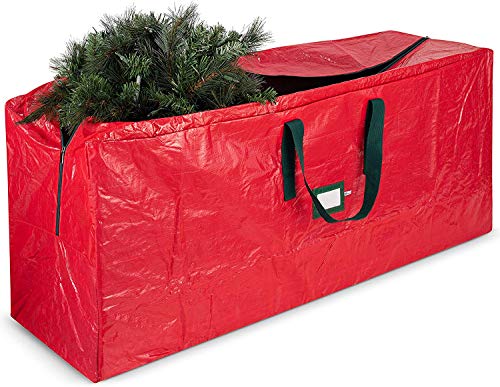
If you're not quite ready to let go of your artificial tree just yet, storing it in a bag like this one will protect both your tree and your health.
3. Old paint
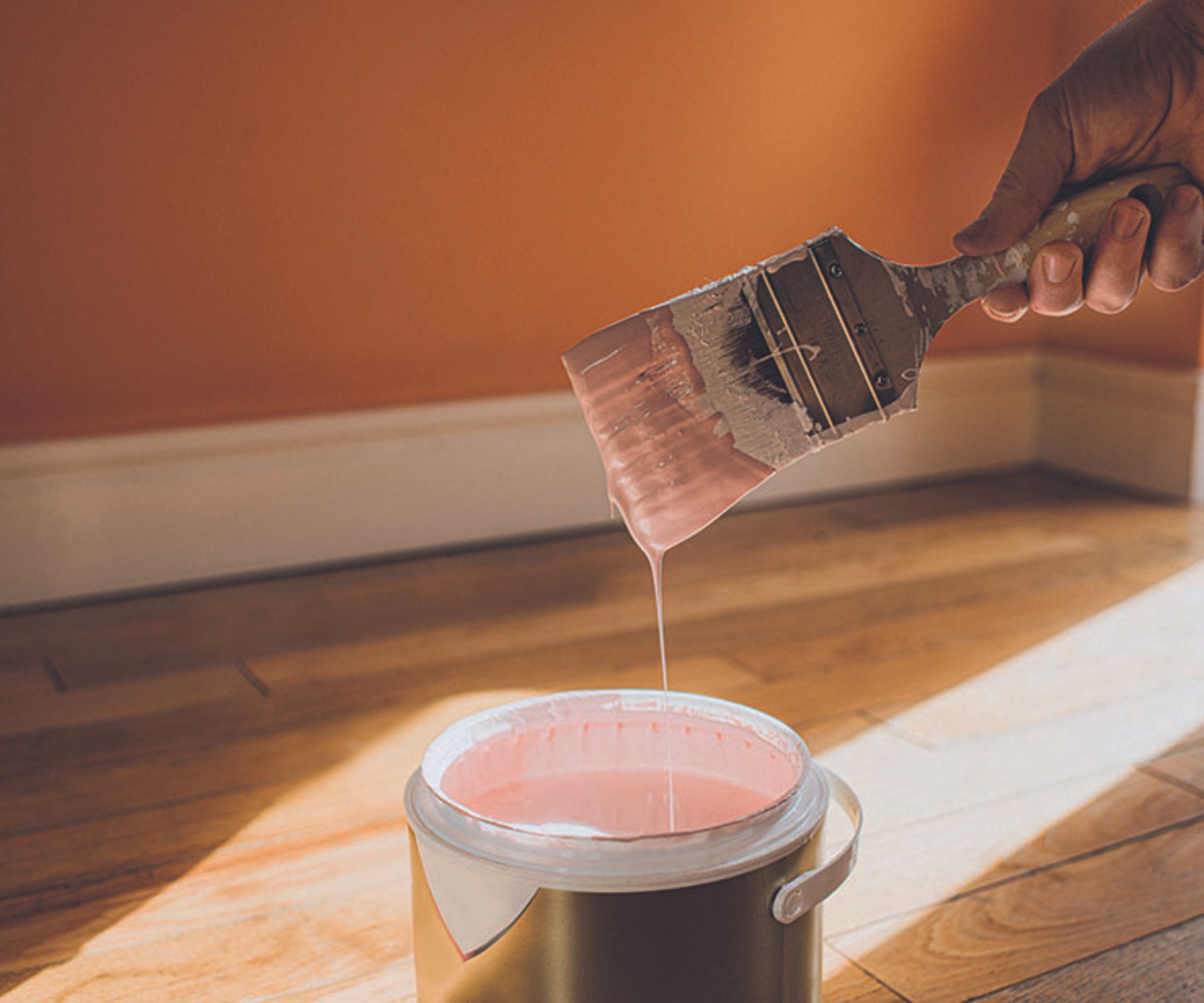
It can be difficult to know how to dispose of paint, which often leads to tins and cans piling up in attics, basements, and sheds. But, as cleaning expert Maria explains, 'Leftover paint, paint strippers, and pressed wool products can introduce harmful toxins into indoor environments,' which is explored in Truly Free's guide entitled How to Improve Indoor Air Quality: Your Guide for a Healthier Home.
'Many traditional paints contain volatile organic compounds (VOCs) that continue to release toxic fumes into the air, even long after drying,' she continues, which is why it's important to know the differences between VOC paint vs non-VOC paint. 'Paint strippers may contain methylene chloride, which is highly hazardous when inhaled.'
Furthermore, as Maria adds, pressed wood products like plywood and particleboard can also release formaldehyde, as revealed in Respiratory health of plywood workers occupationally exposed to formaldehyde on the National Library of Medicine, which can irritate the eyes, nose and throat, potentially leading to severe respiratory issues with prolonged exposure.
'To minimize these risks, opt for zero-VOC or low-VOC paints and water-based paint strippers, along with solid wood or formaldehyde-free pressed wood products,' advises Maria.
And, if you're wondering whether paint goes bad, the answer is yes, so why not try out some practical uses for leftover paint to make the most of your pots.
4. Your attic insulation
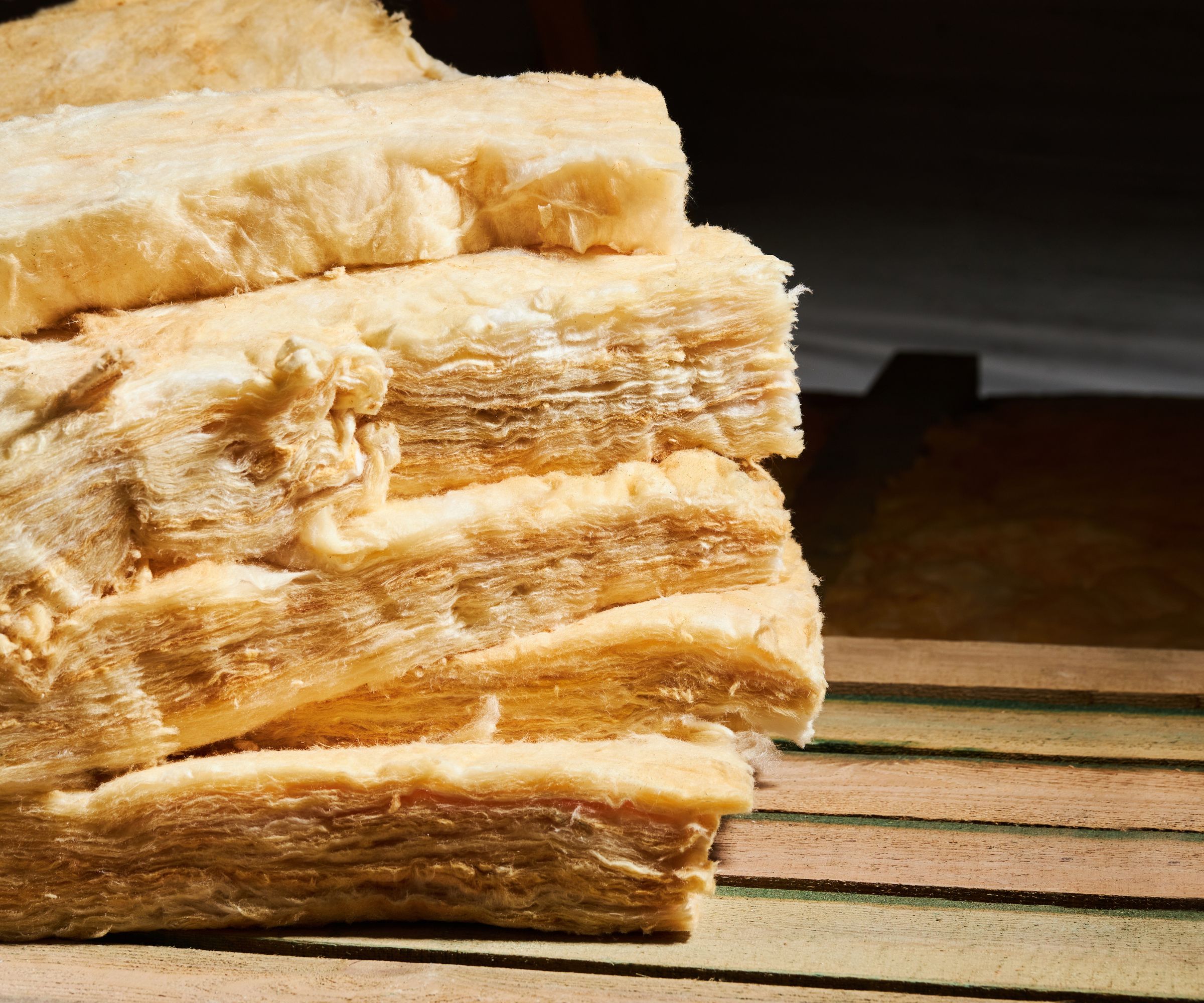
Another toxic item that is a little trickier to deal with is your type of attic insulation.
'Older insulation may contain asbestos, a fiber proven to cause pulmonary disease and/or lung cancer,' says Chiana, as explored in the Toxicological Profile for Asbestos on the National Library of Medicine.
Importantly, this is not an item you should ever attempt to remove on your own, as it should be handled by a professional who can test for, remove, and dispose of the insulation safely.
'If you suspect your home is old enough to contain asbestos, commonly seen in properties built before the 1980s, check using a home Asbestos Test Kit, available at Home Depot, to be safe,' adds Chiana.
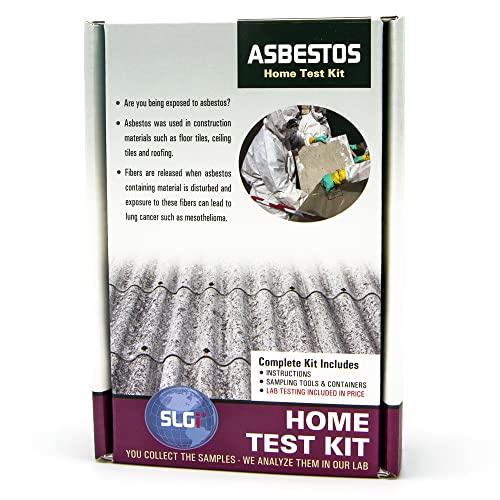
This asbestos test kit allows you to sample and submit suspected asbestos-containing bulk material, receiving a detailed analytical report within your requested turnaround time.
Meet our experts
FAQs
What should you not store in your attic?
While they make convenient storage spaces, there are plenty of items you should never store in your attic, and not just because they may be toxic. For example, keep books elsewhere to avoid indoor pests that eat the glue, such as silverfish, and avoid increasing the risk of mold by storing porous natural materials prone to moisture damage. You can also protect leather and clothing by finding other suitable storage locations in temperature-controlled areas of the home, or making sure yours are in air-tight containers.
Once you've cleared your attic of harmful items, turn your attention to the toxic items in your bedroom to banish any nasties and help keep your sleep sanctuary non-toxic.







